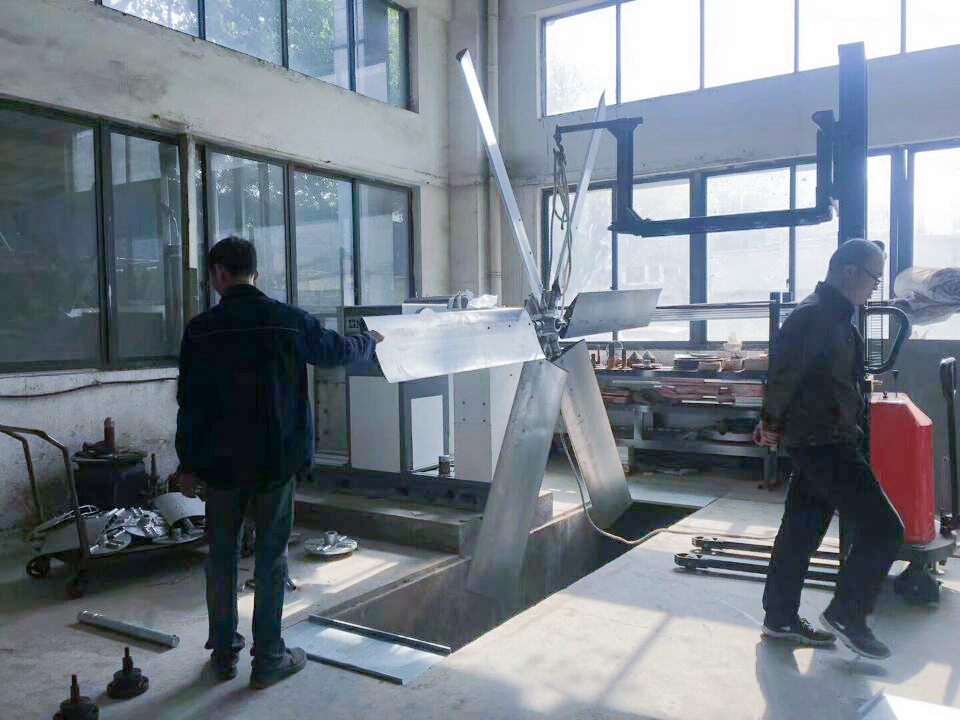The balancing of the rotor by a balancing machine includes two steps: measuring and correcting the imbalance. The balancing machine is mainly used for measuring the imbalance, and the correction of the imbalance is often achieved by using auxiliary equipment such as drilling machines, milling machines, and spot welding machines, or by manual methods; Some balancing machines have incorporated calibration devices as part of the balancing machine.
Gravity balancing machines and centrifugal balancing machines are two typical types of balancing machines. Gravity balancing machines are generally referred to as static balancing machines, which rely on the gravity of the rotor itself to measure static imbalance; The rotor placed on two horizontal guide rails, if there is an imbalance, its moment of gravity on the axis causes the rotor to roll on the guide rail until the imbalance is at its lowest position before it comes to rest.
Gravity balancing machines and centrifugal balancing machines are two typical types of balancing machines. Gravity balancing machines are generally referred to as static balancing machines, which rely on the gravity of the rotor itself to measure static imbalance; The rotor placed on two horizontal guide rails, if there is an imbalance, its moment of gravity on the axis causes the rotor to roll on the guide rail until the imbalance is at its lowest position before it comes to rest.
The balanced rotor of the balancing machine is placed on a support supported by static pressure bearings, and a reflective mirror is embedded below the support. When there is no imbalance in the rotor, the light beam emitted by the light source is reflected by this reflector and projected onto the origin of the polar coordinates of the imbalance indicator.

266 browse
